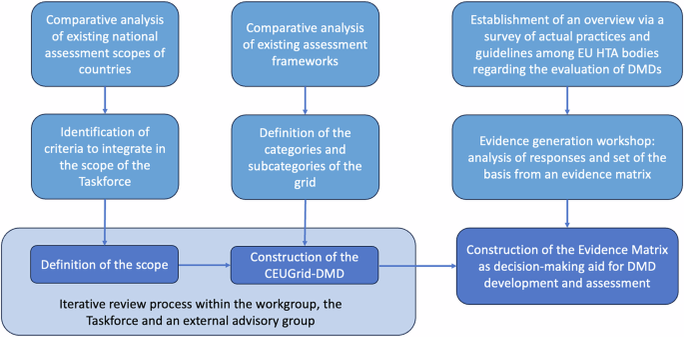See you at #HIMSS25Europe in Paris! I’m honored to join this year’s lineup of speakers to share insights on 𝘀𝗰𝗮𝗹𝗶𝗻𝗴 𝘁𝗲𝗹𝗲𝗺𝗼𝗻𝗶𝘁𝗼𝗿𝗶𝗻𝗴 𝗶𝗻 𝗙𝗿𝗮𝗻𝗰𝗲 during the "Virtual Care Masterclass: Hospital at Home, Prevention and Patient Centricity"
📅 Tuesday, June 10, 2025
🕞 15:30 - 17:30
📍 ROOM 151






